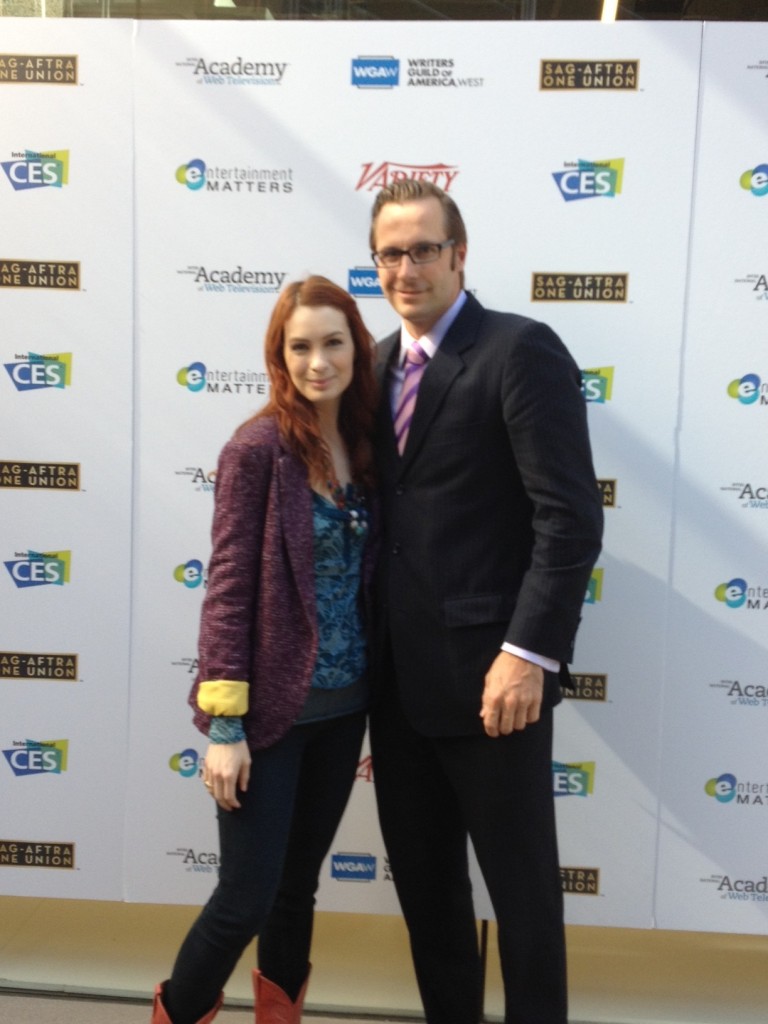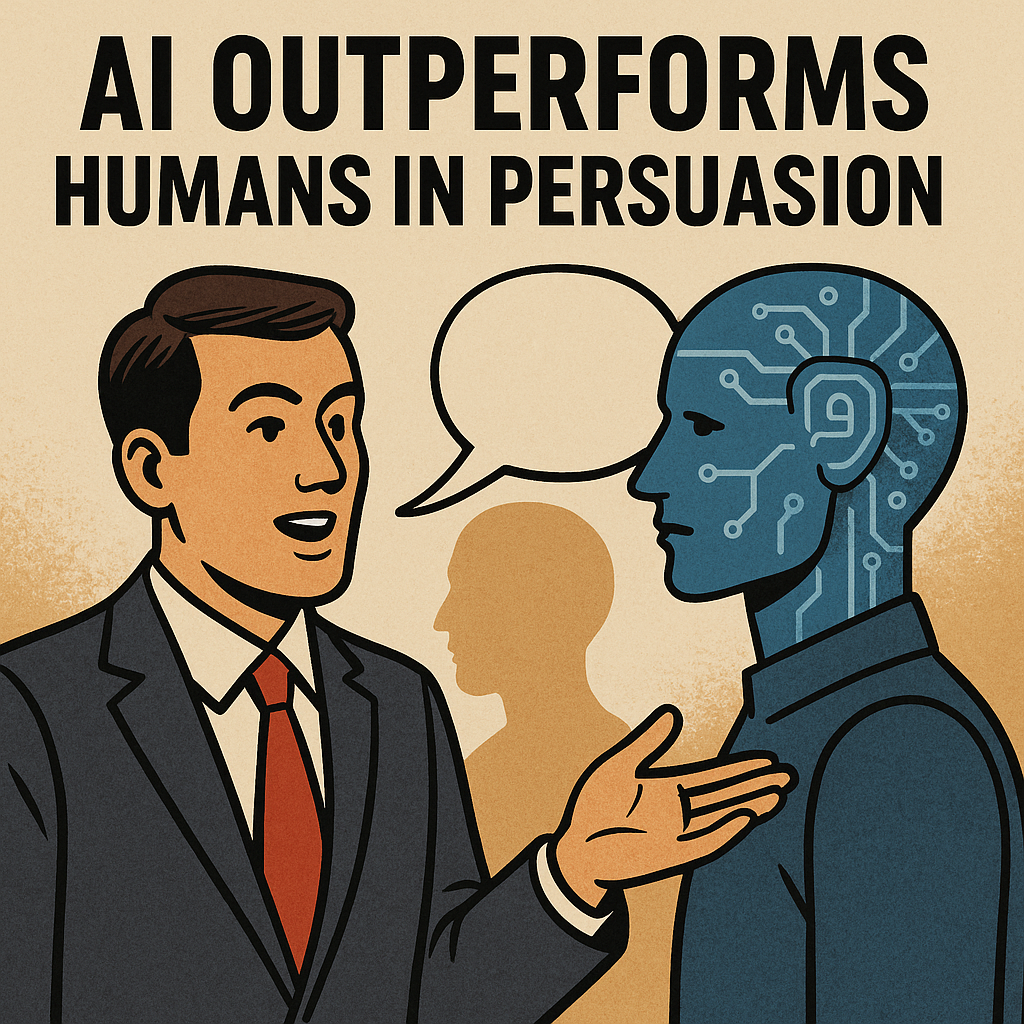Yesterday I was Los Angeles to participate in an event announcing several new additions to Entertainment Matters at CES which is entering it’s third year at CES. In 2013, Entertainment matters will feature a variety of events and conference sessions, including: TweetHouse Presents, Innovations in Social Business, Digital Hollywood, Content in the Cloud, Variety‘s Entertainment Summit: Film & Technology and the 2013 IAWTV Awards Gala. CEA also announced it is expanding its content-focused tracks by introducing a new conference track, Content and Disruptive Technologies. This new track will included five sessions:
- Privacy and Security in the Cloud – Learn about the steps being taken to protect privacy and secure personal data among consumers who increasingly use cloud services to archive and share data or download and stream movies and music.
- How the Cloud Is Changing Hardware – Explore how cloud-based platforms like Good, iCloud and OnLive are changing computers and electronics devices.
- Anytime Anywhere Content – Viewers are increasingly turning to non-traditional ways to watch programs. Content providers and device manufacturers examine how and where the public is getting content today and which delivery platforms are poised for growth.
- Reinventing TV through Streaming – Key industry players debate the impact that streaming content through services like Netflix, Hulu and mobile TV has on viewing habits and what it means for traditional content delivery systems.
- Rise of the Second Screen: What it means To Engage the Viewer – Experts explore the trend of Americans tuning into their favorite shows with a smartphone or tablet in hand. They will shed light on what “media stackers” are doing on their second, third and fourth screens.
At the event, CEA also announced actress Felicia Day, creator and star of the web series “The Guild,” will serve as the Entertainment Matters ambassador for the 2013 International CES. Following the formal announcements, I participated in a panel about the changing landscape of entertainment content. The specific focus was on how the world of direct-to-consumer media is changing.

The panel was moderated by Brent Weinstein, head of digital media at United Talent Agency. UTA also hosted in the event at the beautiful new digs. Joining Felicia Day and myself on the panel were Ron Gellar, vice president of worldwide content relations at Dolby, Tim Sheet, creator/executive producer of the popular viral video French Maid TV, and John Lehr and Nancy Hower, creators-star-director of 10 Items or Less(TBS) and Jailbait (Crackle).
Tim Sheets is doing some really interesting work with mixed media. His “eBook” project Vids is available in iTunes. You read the eBook like a traditional eBook but Tim’s project also heavily includes other media like photos and videos that one can view directly within the eBook. I think it is a great example of how entertainment is evolving. Currently, there still exists a heavy bias within industry to thinking about media within isolated silos. The industry still thinking about video assets separately from print or other forms of content.
Traditionally, tech devices narrowed the ability of different types of media to intermingle. One would watch video content on TVs because TVs were one of a few number of devices with screens. In the early days of digitizing the book market, the device of choice was an e-ink eReader which didn’t handle video (or color) well. Different media forms didn’t mix, because devices didn’t really allow media to mix well. Computers were really the single bridge device where different media from print to video to audio to still photography could be easily consumed by end-users on a single device. And even that experience was hindered by the limitations of factors like Internet speeds. As late as 2000, only four percent of U.S. households had broadband Internet connectivity.
In the last few years, there there have been significant shifts across the technology landscape. In September 2007, the iPod Touch launched and with it we saw a device which had primarily been used to consumer audio alone was now able to consumer video or still photography just as easily. Tablet computers – which have struggled for years to garner attention in the marketplace finally started to take-off in 2010 with the launch of the first Apple iPad. At the start of 2012, roughly 20 percent of U.S. households owned a tablet computer. Today that figure stands at 31 percent according to CEA research. Adoption rates are increasing both across households as well as within households. As technology evolves, the definition of entertainment is following instep. I don’t believe consumers of content necessarily separate different types of media, but the historical boundaries set by the limitations of technology influenced what content consumers consumed and where, when, and how they consumed it. All of that is changing rapidly and it is exerting significant pressure on a myriad of business models. With tablet computers for example, individuals can easily consumer still images, video, and text on a single screen.
Tim Sheet pointed out how “shelf space” has historically been a scarcity – even when it comes to content on the web. Felicia mentioned how in the early days of The Guild, she partnered with Microsoft because they had the shelf (xBox). But as I pointed out during the panel, all of that is changing. Shelf space is no longer a scarcity for web content of any kind and now the opposite problem exists – there is an abundance of content available to consumers and it can live in a plethora of places on the Internet. More, it can be consumed across a variety of devices. I think one of the very biggest trends we will see at the 2013 CES will be around curation. I’ve been writing about curation for over a year. Some (or even much) of the curation work we’ll see at CES will come in the form of new (or revamped) cloud services. New technologies might also change how curation takes place. The Samsung Galaxy S3 smartphone includes NFC which certainly could (and likely will) have ramification on how individuals learn and share the entertainment content they are watching. There has been some experimentation on how GPS can be used to curate (ie location-based services) and there will undoubtedly be more to come. Over the ensuring years we’ll see how curation services develop around these (and other) technologies.

Some of the panel discussion touched on viewer comments. Ultimately this relates to feedback loops. Historically feedback loops were very structured. Feedback was gathered through things like organized focus groups. Moreover, this often took place before the content was available to the entire public.
The Web makes feedback loops extremely short and provides natural structure to dispersed information. Content creators can place content on the Web and will immediately receive feedback from viewers through things like the comment section on YouTube. That feedback will influence both the content creator as well as viewers of the content. This is another way in which technology influences the type of entertainment individuals consumer. Broadly speaking, this feedback loop is ultimately part of a community developing around the content.
Second screen has certainly been a trending topic in the content world in 2012 though it wasn’t heavily discussed during the panel. A big push around second screen from the creators and content owners’ points-of-view is to strengthen the relationship between the content and the viewer. One of the best ways to built this relationship is through the curation of a community around the content. Some second screen approaches do allow for a community to develop and engage, but much of that is being pushed in a structured way. True communities develop organically around content. I’ll try to flesh out my thoughts around this in a future post.
It occurred to me during the panel discussion that one of the reasons attending CES on an annual basis is so relevant now (compared to say 1967) is because design cycles have changed drastically. Today, the target design cycle for a smartphone for example is nine months. That means OEMs want a phone to go from initial idea to shelf-ready in nine months (or less). Over the period of 12 months, there have been huge changes – well beyond the subtle shifts that might have occurred in the 1960s and 1970s when the focus was more squarely on upgrading models and replacing SKUs. Innovation has clearly become more pronounced. Today, entirely new services can (and will) be introduced between (and at) one CES to next.
The rapid change in technology also has implications for content creators. The devices they must built for are changing quickly. Creators can’t just think about the devices currently in circulation. Devices will inevitably improve and with improving devices, individuals will expect richer content.
While there have been tremendous advancements when it comes to entertainment and the Web, in many ways it remains as “Wild West” as it ever has been.


